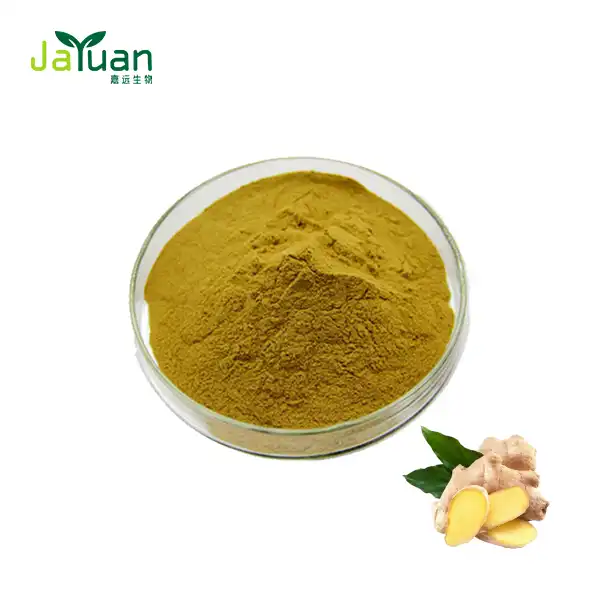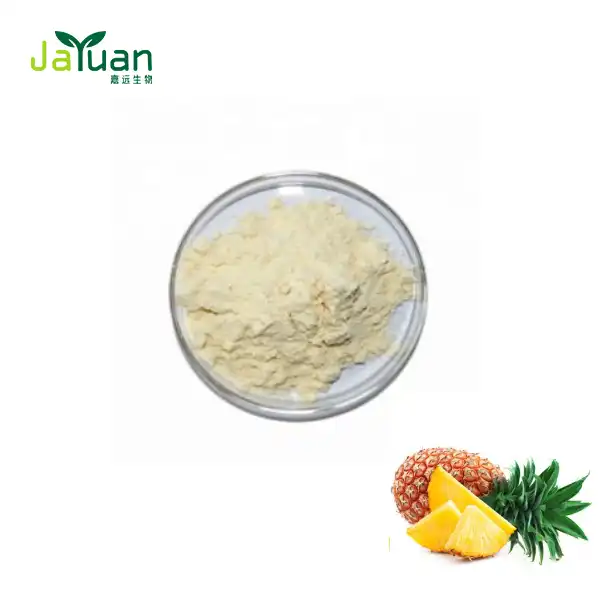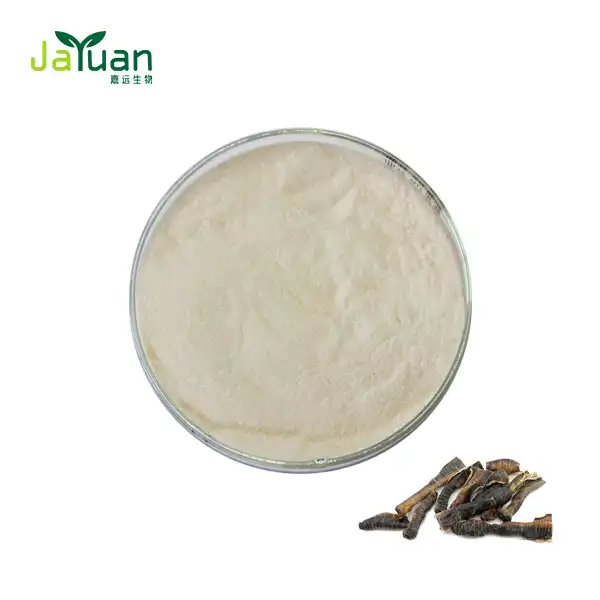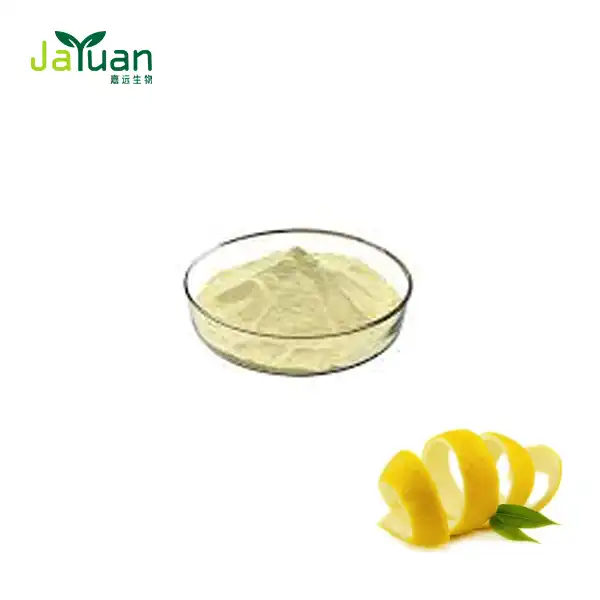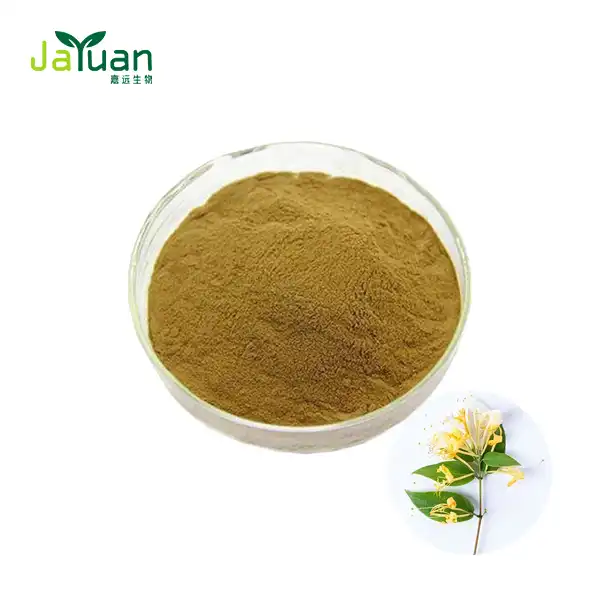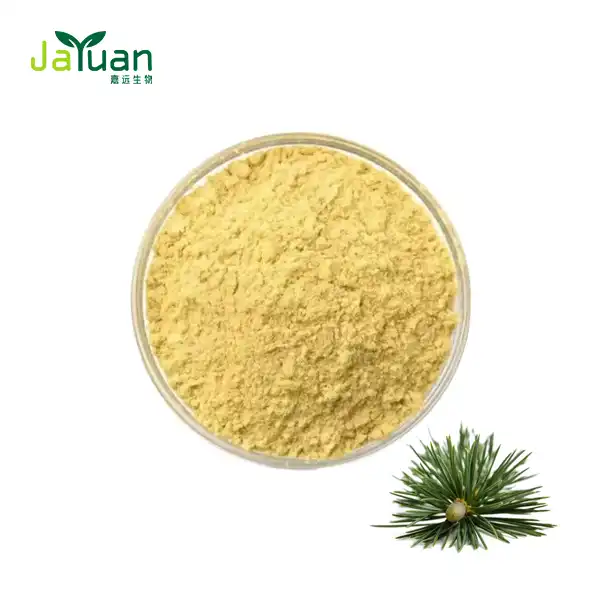Bioactive Polyphenols in Oolong Tea Extract: Mechanisms & Benefits
Oolong tea, a traditional Chinese beverage, has garnered significant attention in recent years due to its unique composition of bioactive compounds. Among these, polyphenols stand out for their potential health benefits. This article delves into the mechanisms and advantages of the bioactive polyphenols found in oolong tea extract, exploring their antioxidant properties, effects on gut health, and synergistic potential when combined with other superfoods.

Plant Origin: Oolong tea
Appearance: Brown fine powder
Particle Size: 500-3000 Mesh
Variety: Oolong Tea Extract
Application: Health Food, Beverage and Food
Certification: ISO9001/Kosher/Organic/halal/IFS/BRC/COSMOS
Grade: Food grade
Shipping: Express;Sea; Air
MOQ: 1KG
Payment: 100% TT in advance
Free sample: Available
We do not sell retail quantities to individuals.
How oolong's theasinensins enhance antioxidant defense?
Theasinensins, a group of polyphenols unique to oolong tea, play a crucial role in bolstering the body's antioxidant defenses. These compounds, formed during the partial oxidation process that characterizes oolong tea production, exhibit potent free radical scavenging abilities.
Molecular structure and antioxidant activity
Theasinensins are dimeric catechins with a distinctive chemical structure that contributes to their antioxidant prowess. The presence of multiple hydroxyl groups in their molecular makeup allows them to neutralize harmful free radicals effectively. This neutralization process helps mitigate oxidative stress, a key factor in various cellular processes and age-related changes.
Activation of endogenous antioxidant systems
Beyond their direct antioxidant activity, theasinensins in it have been observed to stimulate the body's innate antioxidant mechanisms. Research suggests that these compounds can upregulate the expression of antioxidant enzymes such as superoxide dismutase (SOD) and catalase. This dual action - direct scavenging and enzyme activation - creates a comprehensive antioxidant defense system.
Cellular protection and longevity
The antioxidant effects of theasinensins extend to cellular protection. By reducing oxidative damage to cellular components, including DNA, proteins, and lipids, these compounds may contribute to improved cellular function and longevity. Some studies have indicated potential anti-aging effects associated with regular consumption of oolong tea, which may be partially attributed to the action of theasinensins.
Oolong polyphenols and gut health: Prebiotic effects explained
The relationship between oolong tea polyphenols and gut health is an area of growing scientific interest. These compounds exhibit prebiotic-like effects, potentially influencing the composition and activity of the gut microbiome.
Modulation of gut microbiota composition
Polyphenols in it have been shown to selectively promote the growth of beneficial bacteria in the gut, such as Bifidobacterium and Lactobacillus species. This modulation of gut microbiota composition can lead to a more balanced and diverse microbial ecosystem, which is associated with improved digestive health and overall wellbeing.
Production of beneficial metabolites
As gut bacteria ferment oolong tea polyphenols, they produce various metabolites, including short-chain fatty acids (SCFAs). SCFAs, such as butyrate, propionate, and acetate, play crucial roles in maintaining gut barrier integrity, regulating inflammation, and providing energy for colonic cells. The increased production of these beneficial compounds contributes to the overall health-promoting effects of oolong tea consumption.
Influence on gut-brain axis
Emerging research suggests that the prebiotic effects of oolong tea polyphenols may extend beyond gut health, potentially influencing the gut-brain axis. The gut microbiome plays a role in neurotransmitter production and signaling, and alterations in its composition can impact mood and cognitive function. By promoting a healthy gut microbiome, oolong tea polyphenols may indirectly support mental wellbeing and cognitive performance.
Synergistic effects of combining oolong extract with other superfoods
The potential of oolong tea extract to enhance the health benefits of other superfoods is an exciting area of research. When combined with certain nutrient-rich foods, oolong tea polyphenols may exhibit synergistic effects, amplifying their individual health-promoting properties.
Oolong and berries: A potent antioxidant duo
Combining it with berries, such as blueberries or acai, creates a powerful antioxidant blend. The diverse array of polyphenols from both sources can work together to provide enhanced protection against oxidative stress. This combination may be particularly beneficial for cardiovascular health and cognitive function.
Green tea and oolong: Complementary catechins
While oolong tea contains unique polyphenols like theasinensins, green tea is rich in catechins, particularly epigallocatechin gallate (EGCG). Blending it with green tea extract can provide a more comprehensive range of catechins and their derivatives. This combination may offer enhanced metabolic benefits and improved antioxidant capacity.
Oolong and turmeric: Anti-inflammatory synergy
Turmeric, known for its active compound curcumin, has potent anti-inflammatory properties. When combined with it, the polyphenols from both sources may work synergistically to modulate inflammatory pathways more effectively. This combination could be particularly beneficial for supporting joint health and reducing systemic inflammation.
Probiotics and oolong: Gut health powerhouse
The prebiotic effects of oolong tea polyphenols can be further enhanced by combining them with probiotic supplements or fermented foods. This synergistic approach supports the growth and activity of beneficial gut bacteria, potentially leading to improved digestive health, enhanced nutrient absorption, and strengthened immune function.
Conclusion
In conclusion, the bioactive polyphenols in oolong tea extract offer a myriad of potential health benefits, from enhancing antioxidant defenses to supporting gut health and creating synergistic effects with other superfoods. As research in this field continues to evolve, the full potential of it as a functional ingredient in health-promoting formulations is yet to be fully realized.
At Xi'an Jayuan Bio-Technology Co., Ltd., we are committed to providing high-quality product and other plant-based ingredients to support your health and wellness goals. Our team of experts is dedicated to sourcing the finest raw materials and employing advanced extraction techniques to ensure the potency and purity of our products. Whether you're a manufacturer looking to enhance your product line or a health-conscious consumer seeking premium supplements, we invite you to explore the benefits of our product.
For more information about our products or to discuss how we can meet your specific needs, please don't hesitate to contact us at sales@jayuanbio.com and sales1@jayuanbio.com. Our knowledgeable team is ready to assist you in harnessing the power of it for your health and wellness journey.
References
1. Zhang, L., et al. (2020). Bioactive compounds and health benefits of oolong tea. Journal of Functional Foods, 64, 103681.
2. Chen, G. Y., et al. (2018). Antioxidant activities of theasinensins and their mechanisms. Food Chemistry, 245, 471-479.
3. Yan, S. J., et al. (2019). Oolong tea polyphenols modulate intestinal microbiota: A prebiotic-like effect. Journal of Functional Foods, 52, 302-312.
4. Liu, J., et al. (2021). Synergistic effects of oolong tea extract and other superfoods on antioxidant capacity and metabolic health. Nutrients, 13(5), 1531.
5. Wang, Y., et al. (2017). The gut-brain axis of the microbiome: Influence of oolong tea polyphenols. Neuroscience & Biobehavioral Reviews, 75, 129-139.
6. Li, X., et al. (2022). Comprehensive review of oolong tea: From traditional beverage to functional food ingredient. Critical Reviews in Food Science and Nutrition, 62(8), 2081-2097.

